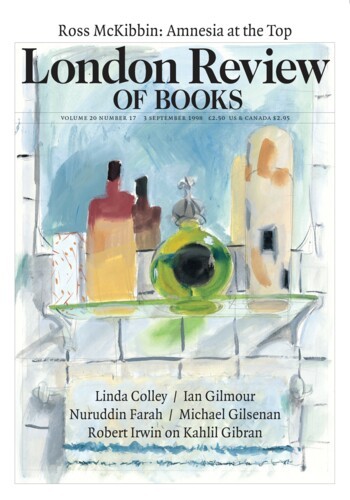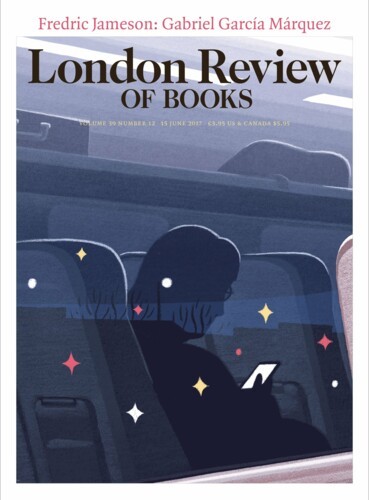Deep in the Valley rich soil drives
the mechanism. Grain spills from the husks.
Despite the season of recovery,
the family is forced to sell up –
a lost century becomes a dynasty
and the rich soil becomes polluted.
They’ve cleared and shaped the place,
a portrait of themselves.
On a summer evening they’ll
look out over the paddocks,
over burnt stubble, over stands of mallee,
through a flock of sulphur-crested
cockatoos, into the rich red sunset.
They’ll leave to slaps on the back and sympathy
and the words: ‘It’s a hard place – beautiful
but unforgiving.’ Their sorrow is understood.
The farm will be deserted for a time
as if the market is stronger
than the salt-eaten roots of fence posts,
whose coils of wire unravel chaotically,
or stronger than contour banks arcing out like circuitry –
signals breaking up, eroding with winter,
lacking design. Rich soil
drives the mechanism.
They visit their graveyards – family,
machinery, sheep – now genderless
the land struggles for identity –
‘she’ll be right’ loses its echo
and runs into the past, a nickname
becomes another entry in the Domesday book
along with echidna tiger-snake tawny frogmouth
commodities futures tare gross barometer.
Rich soil drives the mechanism.
Salmon gums bloom top-heavy like oracles
with too much to say and the fox adjusts
to the climate generation by generation.
In the Paddock of the Killers
the spectres of slaughtered sheep graze, die knife
blunts in an otherwise empty kitchen.
Wrought iron scrollwork downloads
onto the surface which is already showing
more than a dusting of salt
which has emerged from somewhere deep,
from before the clearing, from before Settlement
when land made its own investments
and the mechanism hadn’t begun
its renaming, before this became a place
where the spirit has been stripped back
like spent paint and whitewashed over.
Bright birds are still with evening.
Residue collects in the gulleys.
Speculators cross the boundaries
and test for fertility. Rich soil
drives the mechanism.
Send Letters To:
The Editor
London Review of Books,
28 Little Russell Street
London, WC1A 2HN
letters@lrb.co.uk
Please include name, address, and a telephone number.

